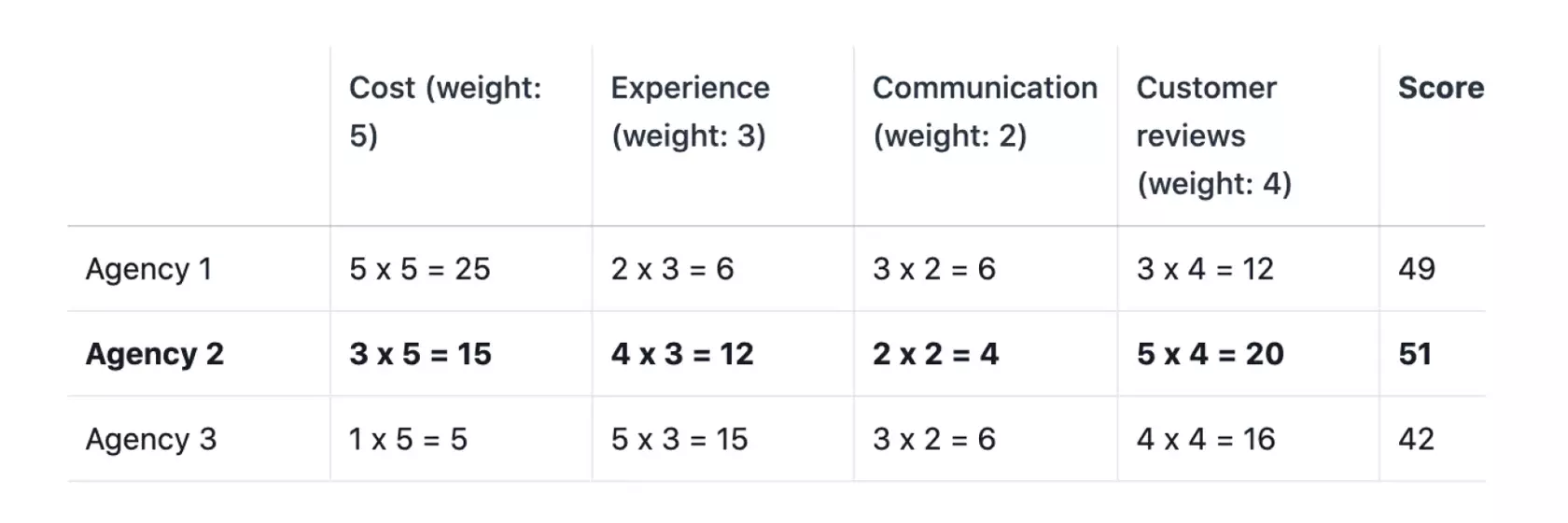Decision Making Model for IT Services
A business is determined and guided by the decisions we make and the ones we don’t make. We are faced with tons of decisions every day, although only a few of them are key for our company and end up impacting our business significantly. In order to seek the success of an organization, we need to leverage criteria and a decision-making model that allow us to be objective and decide based on the interests of the company.
But… What is decision making? It is the process of choosing a specific alternative from a more comprehensive set, based on the strategic analysis of information and the evaluation of alternative resolutions. In this sense, we compare different alternatives and courses of action to select the one that we project will translate into better results for the company, in search of organizational efficiency and effectiveness.
How are the decisions characterized?
First, we have to understand that there are times when we know the risk associated with a decision, while in other circumstances it is very difficult to estimate it. In this sense, we can speak of risk, uncertainty and ignorance kinds of decisions.
| Risk Decisions | Uncertainty Decisions | Ignorance Decisions |
| It is possible to calculate the risk associated with the decision. The event is known, as well as the chances of success. | There is a risk but it is difficult to identify it. The event is known, but the probability of success is unknown. | In this case chance is involved. These are unknown events and therefore unknown probabilities of success. |
Depending on their frequency, decisions are classified as scheduled and unscheduled. Scheduled decisions are those that we make frequently and that, therefore, represent repetitive decisions. To address them, it is advisable to develop rules, policies or procedures that speed up analysis and action. On the other hand, unscheduled decisions are one-off and non-recurring, which is why they are characterized by requiring a customized resolution. It is necessary to address them from more extensive and standardized decision-making processes.
As you may understand, we should try to minimize ignorance decisions. As for decisions that are characterized by being uncertain and unscheduled, we can standardize the process in the way that we will discuss below.
How to handle uncertain and unscheduled decisions.
The decision-making process always begins with a problem, which is understood as a situation in which the desired performance is different from the actual performance. It is relevant to have a complete and concrete definition of the situation, in order to understand our problem in a comprehensive way. In this sense, poorly posed problems are related to the waste of resources, the loss of opportunities and the application of wrong solutions.

Let’s look at a practical example…
Suppose that a company is having problems in the IT area, because the team is having issues with development times, that is, the average development time of its projects is greater than the time stipulated and agreed with the interested areas. To define the problem more specifically, 80% of the projects in the last 6 months took 30% longer than stipulated.
The strategic impediment that this problem represents is that the company begins to present bottlenecks in important areas of its operations. Then, the strategy area of the company defines outsourcing the development service for the most important projects. The challenge now will be to determine which software development service provider will be the best for the job.
- Definition of the criteria to evaluate the alternatives. Criteria refers to the relevant aspects for making a certain decision in particular. When we identify a problem, we must identify the relevant criteria in order to solve it. Continuing with the previous example, the criteria defined are: Cost, Experience, Communication, and Customer reviews.
- Weighting of the criteria. When it comes to weighing, what we do is define which criteria are more important than others, since not all have the same relevance for the company. In this sense, we define a score for each criterion based on its relevance and strategic implication.
- Decision matrix. Finally, for each alternative, we value the criteria and multiply them by the weights. Below you can see a pretty clear example of a decision matrix being used.
Continuing with the previous case, the selected supplier would be Huenei’s Turnkey Projects, since it is the one that can achieve a higher general score, considering the decision criteria.

